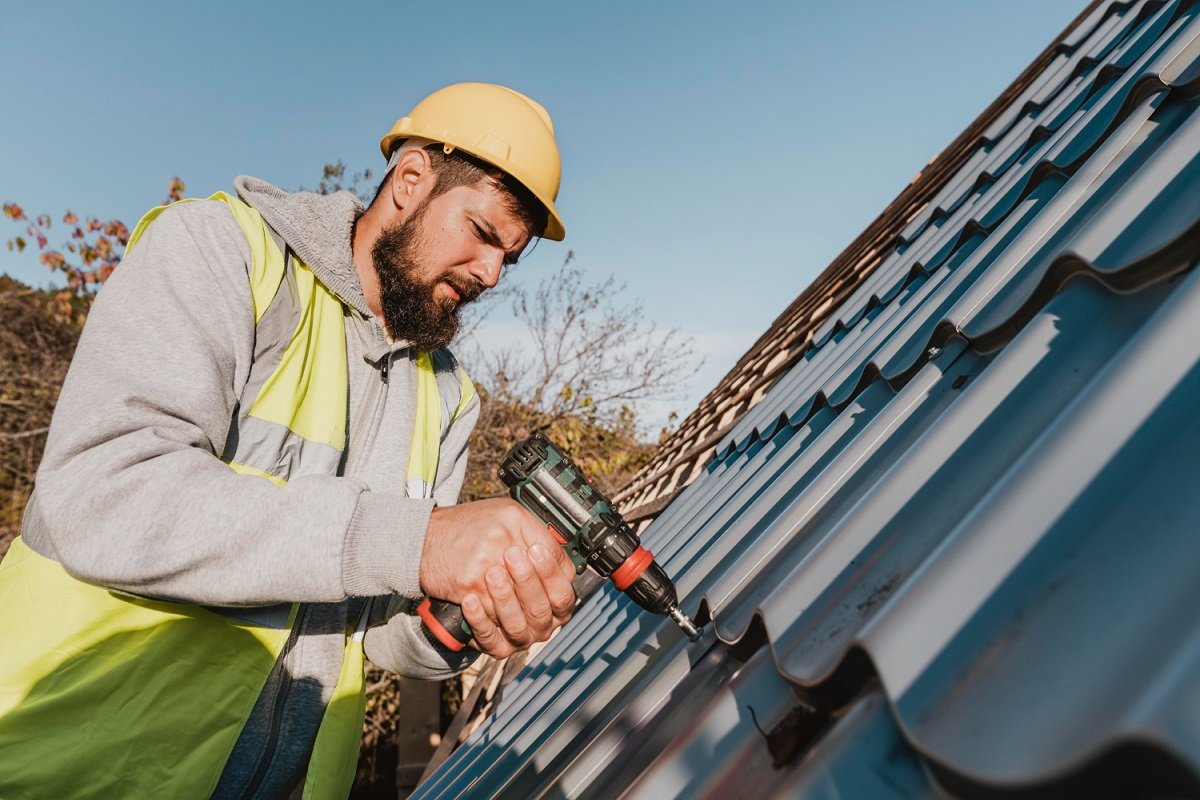Gutters are a valuable home investment that prevents mildew, mold, and foundation erosion. They come in various styles and materials to accommodate your home’s aesthetic.
Before installing the gutter, your roofing professional will carefully inspect your eaves and fascia boards. It ensures that your new gutter system will not damage the existing wood.
Improve the defenses around your home by reading our in-depth guide to installing gutters. Find out about the different styles and types that are good for both function and looks.
Gutter Installation Types and Styles
A full look at the different kinds and types of gutters that are used for installation. By learning more, you can make your home more resistant to the weather.
Custom Gutters
Choosing the right gutters and downspouts for your home is an important aspect of a good roofing system.
Gutters are responsible for collecting and directing rainwater away from your house, and it is critical to keep them working properly to prevent water damage and mold.
Whether installing new gutters or replacing old ones, having a licensed professional perform the gutter installation Hillsboro is wise. A roofer with experience will be able to identify any rotted wood or other structural issues that may affect your gutter system.
Another option is to choose a gutter fabrication company that can bring their machine on-site and custom-build your gutters to specific sizes and lengths.
It allows for a perfect fit and reduces the risk of leaks where sections are joined together. This style of gutter can also be made with decorative or functional elements, such as leader heads, that add a unique flair to your roofline.
Half-Round Gutters
Half-round gutters feature a rounded trough design, ideal for traditional homes and craftsman-style architecture. The round shape helps direct water flow away from the foundation, helping to prevent water damage.
It also helps to reduce the likelihood of clogs, as it’s harder for debris to accumulate. The gutter material you choose will also contribute to the longevity and durability of your system.
Aluminum, galvanized steel, and copper are common choices for gutters that will last up to 40 years with proper care. Before starting your gutter installation project, ensure you have all the necessary materials.
You’ll need a tape measure to accurately determine the length of your gutters and downspouts, a hacksaw to cut the gutters to size, tin snips to cut or shape the gutter hangers, and a rivet gun to secure the gutter hangers in place. You’ll also need a gutter sealant to help protect the joints and seams from leaks.
Aluminum Gutters
Aluminum gutters are popular because of their durability. They can withstand winter’s heavy rainfall, wind, ice, and snow without sagging or becoming brittle.
They are also easy to install and are less expensive than gutters made of more costly materials. Begin your gutter installation by measuring down the fascia board about 20 feet from the end to create a low point for your downspout run.
Mark that location, then snap a chalk line between it and the point on your roof where you want your downspout to connect.
To finish the job, fasten a downspout outlet fitting in the gutter and secure it with short sheet-metal screws or pop rivets (we used rivets).
Then, install end caps on either side of the gutter and seal them with lap-seal caulk. It will ensure a watertight gutter and protect the ends of the gutter from corrosion and insects.
Steel Gutters
Although they cost more than aluminum gutters, galvanized steel gutters are longer-lasting. They stand up to snow, ice, hail, and wind without sustaining dents or cracks. However, the galvanized finish may have a less pleasing appearance than aluminum.
Gutter components include inside and outside corners, end caps, slip joint slice fittings, and downspout elbows. All are available in various pre-finished colors and can be sealed with high-quality, watertight gutter lap sealer. You will also need a ladder, tape measure, power drill, and level to determine the slope and ensure that your gutter system drains properly.
Before installing any gutters, check the fascia for rot or damage and repair as necessary. Mark the low end of the gutter run with a chalk line and bore 1/8-inch pilot holes through the fascia board and rafter tails at each mark.
For long gutter runs, you can use a splice fitting or overlapping. Overlapping tends to work better as a hinge and requires less caulking.
Feel free to Write for Us and contact IT Company Ahmedabad for Gutter Installation Business Branding Services, and SEO Services in India.
